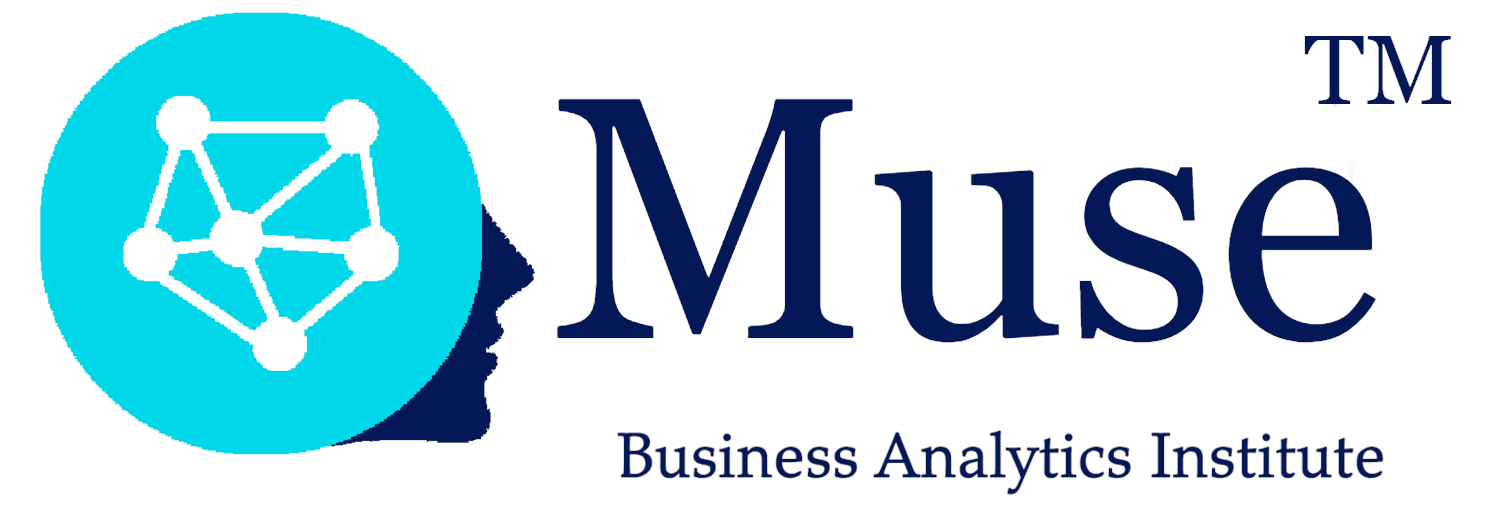Agronomy: Around the world of AI
America (North & South)
After visiting Asia and Oceania, let's fly to the American continent. In 2023, the Americas (North and South combined) are home to 1,041,794,258 people, which is about a quarter of the Asian continent's population. To begin our stay on the American continent, our first stop takes us to the southern part, specifically to Brazil.
In 2028, the agrochemical conglomerate Bayer is set to launch one of its new products (Bayer is expected to launch two herbicides in the coming years: icafolin and Convintro Duo, Revista Cultivar, February 1, 2024). The product we're interested in here is ICAfolin. ICAfolin has a unique feature: it was designed using algorithms.
Over the decades, weeds and other pests (insects, fungi) have adapted to herbicides and insecticides (What Could Conquer the Superweeds? Bayer and Others Turn to AI, Patrick Thomas, The Wall Street Journal, July 17, 2024). Agrochemical laboratories are engaged in an endless race to find effective products.
To achieve this, some laboratories have managed to develop new molecules using AI, more specifically with machine learning (ML).
In addition to creating new molecules, the use of ML allows for testing the toxicity of these molecules on humans.
Next destination: Africa
Figure 8 - A Bayer scientist displays a 3D-printed model of a fungal protein the company is targeting with its AI CropKey technology at the company’s lab in Lyon, France.
Source: What Could Conquer the Superweeds? Bayer and Others Turn to AI - WSJ
After Brazil, we turn our attention to Canada, specifically to Montreal in Quebec. Located near Montreal, AquaVerti (AquaVerti's Advanced Agriculture, Mon Carnet, Bruno Guglielminetti, July 9, 2024) is a hydroponic farm that uses AI and IoT to improve the quality of the vegetables it grows.
AquaVerti employs IoT to collect data on various factors, such as ambient air temperature (including the presence of microclimates between different levels of the structure) and oxygen levels in the water. Subsequently, using algorithms, agronomists and technicians can analyze the collected data to make informed decisions on how to improve production.
Figure 9 – Hydroponics: schematic illustration.
Source: AquaVerti Farms - Notre technologie | Québec, Canada



